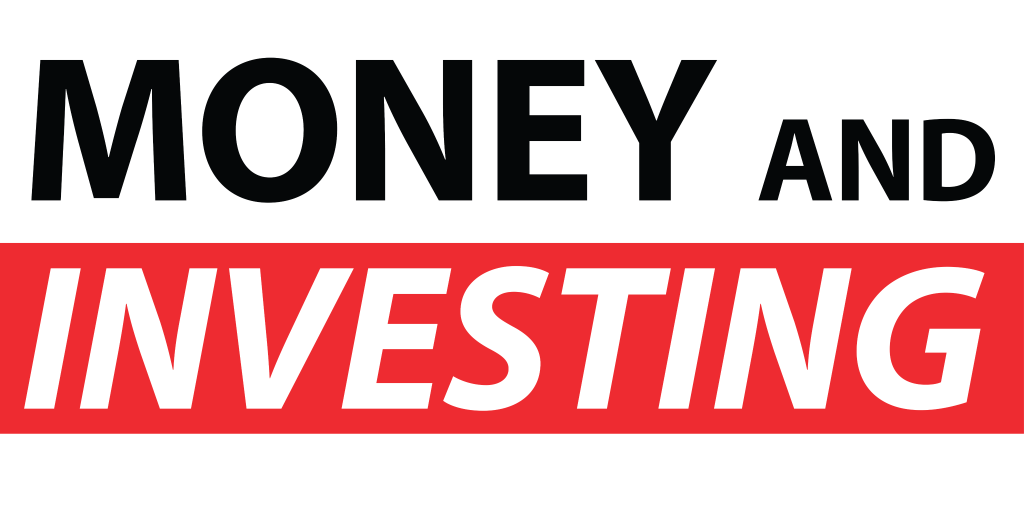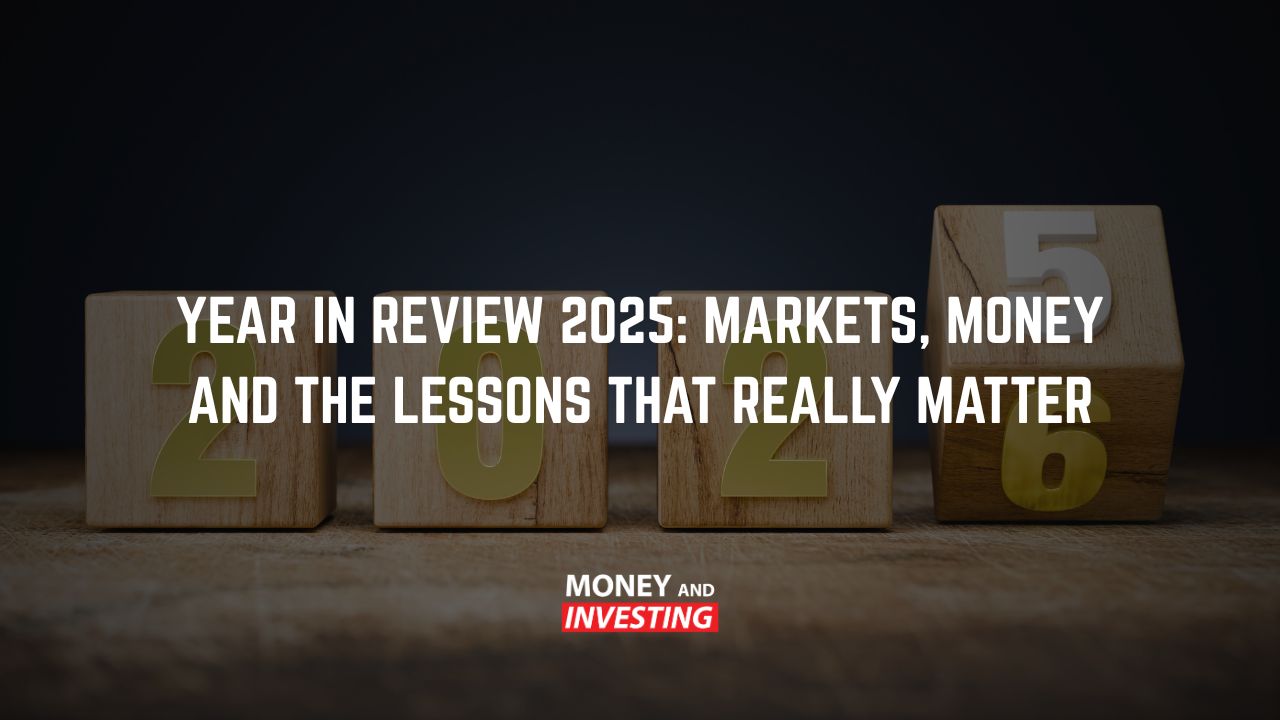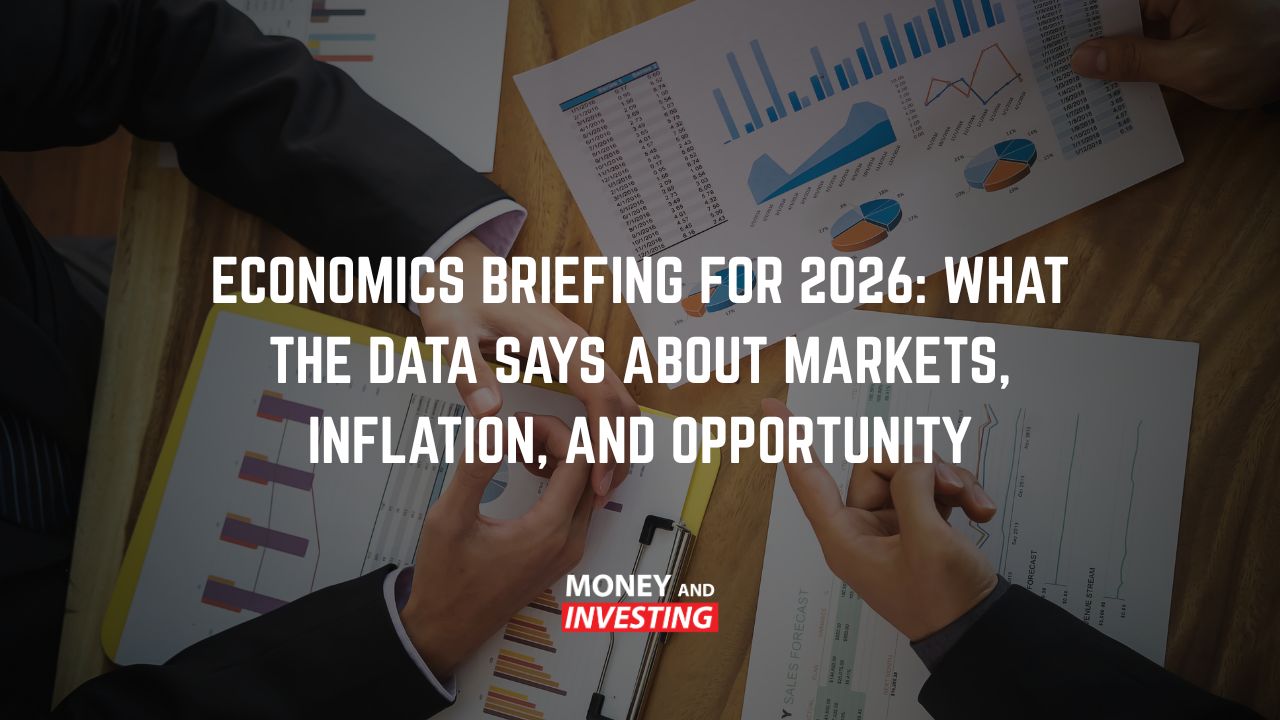Over the past decade, investors have become more and more engrossed in diversifying their risk in an affordable and easy manner through ETF’s. So how exactly does an ETF work? Why have they become so increasingly popular for the everyday investor?
ETF’s: What, why and how.
An ETF is an Exchange Traded Fund. By definition, an ETF is simply a basket of securities held in a fund that are invested in a specific industry, sector or commodity. As host Andrew Baxter describes it, an ETF is like an aisle at a supermarket – instead the category of groceries is a set of securities with a more focused type of exposure.
Just like you would be investing in pasta at the supermarket, an Exchange traded fund invests in specific areas of the stock market, like lithium stocks as an example. The advantages of these: the fee structures are extremely low compared to the managed funds industry. The risk is well managed, and the exposure is extremely diversified.
Skin in the game
For any newbies to the stock market out there – this is a message for you. Rather than investing in individual stocks with a relatively small capital account size. The minimum investment amount for an ETF is just $500. These ETF’s can span as far wide as you like; investing in solar panels, anti-carbon emitting companies in the US or even a short S&P 500 portfolio as a hedge for downside risk on other investments as examples.
More simply, placing just $500 in a basic index tracker will give you exposure. To the entire market and diversify away from your risk at an extremely low cost. As such, ETF’s are a good way to get some skin in the game for those who are new to the table of investing. If you’ve saved up a couple of thousand dollars, you have a perfect opportunity to invest in a low-cost ETF. And start getting your money working harder for you, but whatever you do – do not leave it in cash! Here’s why.
The other side of the coin
As in every media article, there has an opposing view provided despite the wonderful match made in heaven that ETF’s and risk-averse investors are. So, what are the disadvantages of holding an ETF in your portfolio? Well, if you like your dividends fully franked with tax benefits every 6 months as a reliable income source – ETF’s may not be for you.
When companies held in ETF’s pay dividends, that cash goes towards the value of the portfolio, not through to the investor. This is an unfortunate miss that may discourage many income investors away who may rely on such income (for dividend tips, check out Andrew’s podcast). Nonetheless, trading an instrument like Options for example over ETF’s are a good way to replicate such income over what is an already risk-averse underlying asset.
How to get your portion of the pie
For anyone looking to get start the invest in ETF’s. Here are our top tips to save you the leg work. Number 1, get a trading account open. Hosts Andrew Baxter and Mitch Olarenshaw trade their ETF’s through a broking house. Called Interactive Brokers alongside hundreds upon hundreds of their clients. Number 2, ask yourself if you are carrying more cash at the bank than you need. If the answer is yes, get your surplus working harder for you in an ETF (at least there you’ll be earning more than 0.75% at the bank!). Number 3, have a guide on what you are looking for. Without someone to hold your hand, you run the risk and leave. Lastly number 4, do your research before you pull the trigger.
In Addition, Knowing exactly what you are getting into and the workings behind it are crucial. Like anything, ETF’s can be a great investment especially for newbies in the market; however, doing it correctly is something Andrew Baxter specialises in as the CEO of Australian Investment Education. If you are one of those people who need help on any of the above. Reach out to one of his team members and see what they can do for you!



